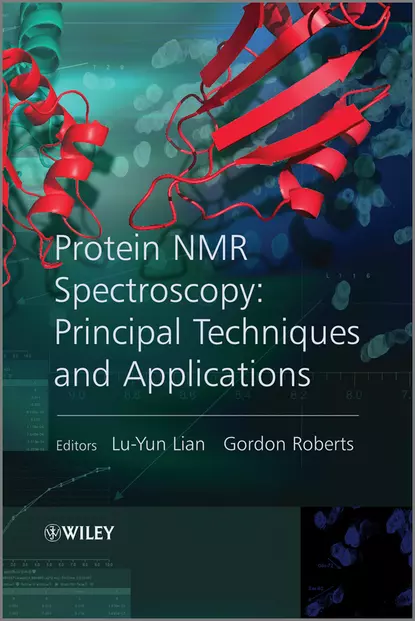Protein NMR Spectroscopy. Practical Techniques and Applications

Поделись книгой!
Автор: Lian Lu-Yun
Издательство: John Wiley & Sons Limited
Категория: Научно-популярная литература, Зарубежная образовательная литература
ISBN: 9781119972013
📓 Nuclear Magnetic Resonance (NMR) spectroscopy, a physical phenomenon based upon the magnetic properties of certain atomic nuclei, has found a wide range of applications in life sciences over recent decades. The dramatic advances in NMR techniques have led to corresponding advances in the ability of NMR to study structure, dynamics and interactions of biological macromolecules in solution under close to physiological conditions. This volume focuses on the use of NMR to study proteins. NMR can be used to determine detailed three-dimensional structures of proteins in solution. Furthermore, it provides information about conformational or chemical exchange, internal mobility and dynamics at timescales varying from pcoseconds to seconds. It is the primary technique used to obtain information on intrinsically disordered (unfolded) proteins, since these proteins will not crystallize easily. NMR is also a very powerful method for the study of interactions of protein with other molecules, whether small molecules (including drugs), nuclear acids or other proteins. This up-to-date volume covers NMR techiniques and their application to proteins, with a focus on practical details. This book will provide a newcomer to NMR with the practical guidance in order to carry out successful experiments with proteins and to analyze the resulting spectra. Those who are familiar with the chemical applications of NMR will also find is useful in understanding the special requirements of protien NMR.
Мнения